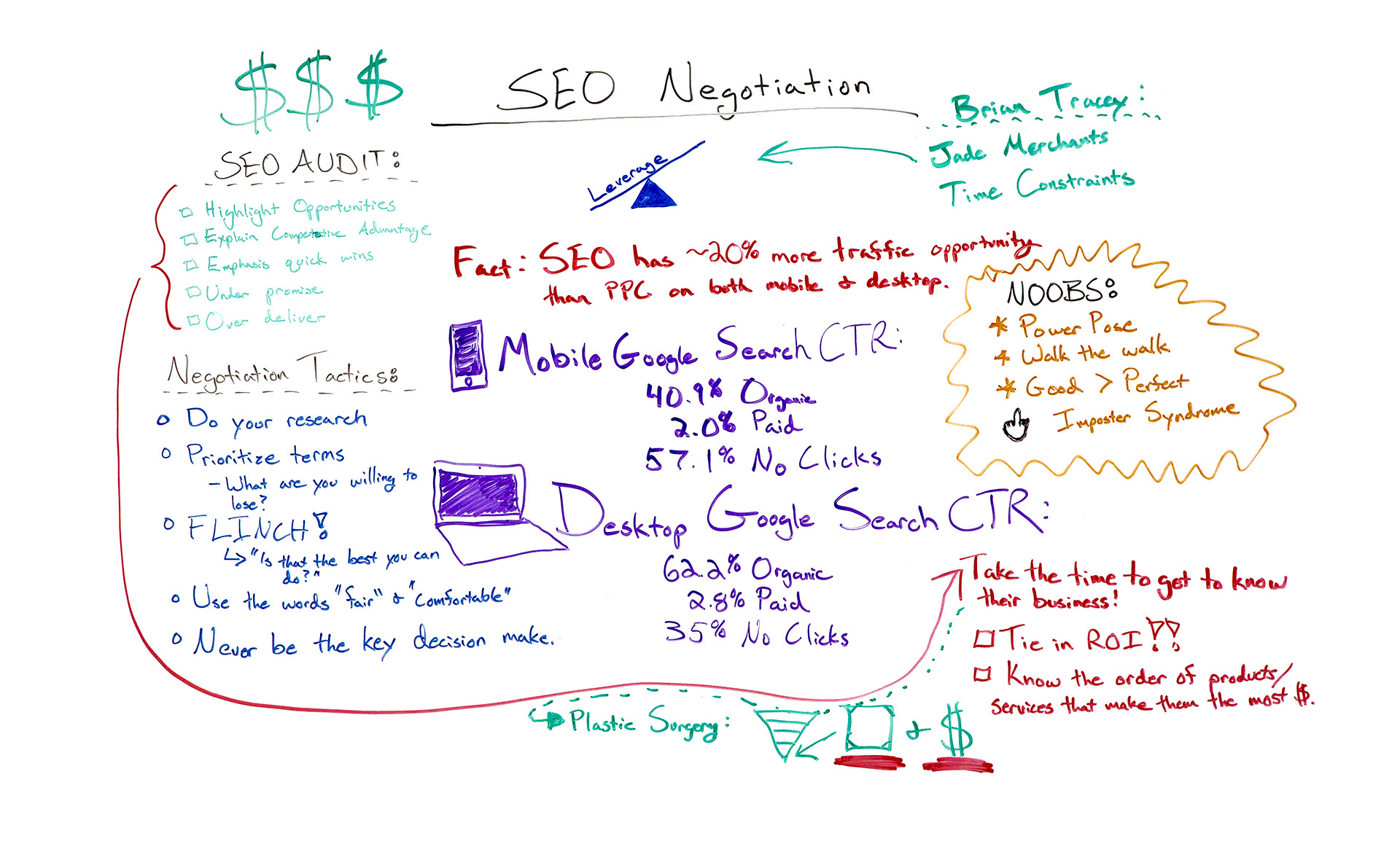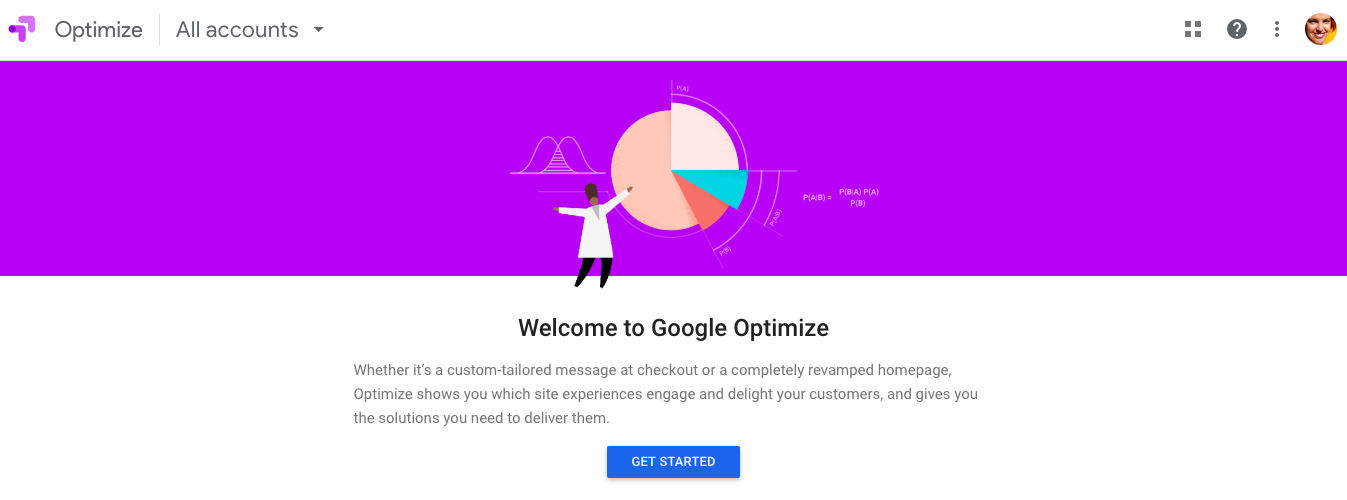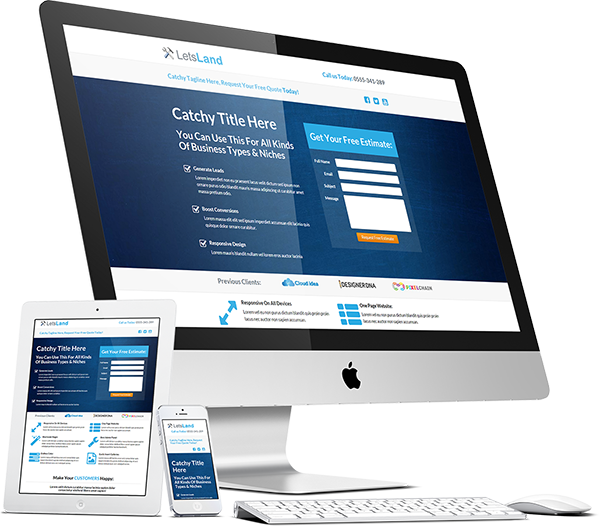
If you’re a social media manager, you need to plan out your entire month of posts. Never leave it to the last minute, trying to come up with new and exciting post ideas day by day.
By creating a social media content calendar, you ensure that all of your posts adhere to your content strategy.
But creating a social media content calendar takes skill and know-how. You need to understand what a social media calendar is, why it’s useful, and how you can go about making one.
What is a Social Media Content Calendar?
If you’re a social media content manager, the first thing that you need to know about your content calendar is that it is an incredibly helpful tool that will let you plan out your social postings on a monthly basis.
Here’s an example of a social media content calendar:

If you’re not already using a social media management tool, then a social media content calendar is usually an excel file, with various tabs assigned to different social platforms. Remember, the posting requirements differ based on the platform you’re using. Facebook has different restrictions than Twitter. Twitter restrictions will be different from Instagram, and so on.
One of the best features of a social media content calendar is that it can help you keep track of themed days of the month.
That can mean two different things.
You can create your own themed days, like Inspirational Mondays or Workspace Wednesdays. It’s a great idea to have these days because you can create a hashtag around them and see if they catch fire.
The other meaning behind themed days of the month is national days. Every day of the year is “National (Something) Day.” There’s everything from National Bunny Day to National Bread Day. Creating social media content based around these holidays can generate interest. Keeping track of them in your content calendar is a great way to plan around them.

(Image Source)
The social media content calendar helps you plan out your content and schedule ahead of time using a system. It can also help you keep track of the images you’re going to share, organizing them week by week and day by day.
Download Our Social Media Calendar Template
Enter your email and instantly get a weekly social media content calendar template.
Why Should You Use a Social Media Content Calendar?
Every business that wants to maximize their social media presence should be using a social media content calendar. There’s a reason that 92% of content marketing professionals use social calendars.
A social media content calendar can help you address the challenge of declining organic social media reach in two primary ways.
If you’ve tried to create a social media presence for your business, there’s one thing you probably noticed straight away…
Social media sites are crowded.
Every business is trying to get a piece of the social media pie. That’s because social media is the ideal marketing hunting ground. Practically every demographic has some kind of social media presence, from teens to senior citizens and everyone in between.
Because of this, the social media platforms themselves have seen dollar signs where business marketing is concerned. Facebook founder Mark Zuckerberg doesn’t make any money if your organic post goes viral. Facebook and other social media giants want you to pay to boost your posts and purchase ads. That’s how they make their money.

(Image Source)
This was confirmed by Zuckerberg himself in 2018, when he publicly stated that Facebook users would be seeing fewer organic posts from businesses and brands.
One of the only ways to get noticed with organic posting is to approach your social media strategy with a plan.
And a content calendar helps you keep track of that plan.
The social media calendar will help you keep to schedule, a crucial element if you’re looking to make a splash in the social media world. Remember, the more consistently you post, the better your exposure will be. Customers get used to regular postings, and will seek you out in time.
But in order to establish that routine, you have to post on a regular basis.
And you need to plan out your content platform by platform.
You need to keep track of what you are posting and where. The calendar represents an easy record that you can go back and look through.
This record also helps you figure out how you’re doing in terms of social content. If you have a huge influx of comments and follows, you’ll want to remember what you did in order to duplicate your results.
The calendar can help you determine where these spikes occurred and what content was going on each platform.
It’s also important to keep track of the time that you’re posting, and check your results. Remember, different platforms experience high traffic at different times. That means all of your posts should not go out at the same time across every channel.
Finally, another great benefit of a social media content calendar is that it can be easily shared with team members for convenient collaboration.
Download Our Social Media Calendar Template
Enter your email and instantly get a weekly social media content calendar template.
Creating a Social Media Content Calendar
Creating a social media content calendar takes a lot of effort. There are a number of steps you’ll have to take before you write the first line of content. There’s a massive amount of work that goes into creating the perfect social media strategy. Your calendar is just one part of that overall project.
Let’s look at the steps needed to make a social media content calendar one at a time and see where to begin.
Step 1: Information Gathering
You could consider the information-gathering stage of your social media content strategy to be an audit of your current social media needs.
In order to improve, you first have to figure out where you are, where you’ve been, and what’s preventing you from getting to where you want to be.
The first step to a good social media audit is determining which platforms you’re currently using and what level of success you’re seeing for all of them. You should take the time to review your results for at least the last six months and use them to rank all of your social media platforms in terms of success.
When you see all of this laid out before you, there’s a decision to be made. Moving forward, you need to decide if you’re going to eliminate anything from your lineup. For example, if you’re seeing no movement from Google+ whatsoever, try to figure out why that is. Are you not posting enough? Are you posting the wrong content? Are you posting at the wrong times?
Or is your audience not on that platform in large numbers?

(Image Source)
If you find that no matter what you do, Google+ just isn’t going to deliver, then it might be time to shut down your Google+ account, or at least put less effort into it.
It’s important to feed the strong, so if you’re getting a lot of interaction on Instagram, that’s where more of your effort (and by extension, marketing budget) should be going.
When you look at all of your social media accounts side by side, you should be contrasting and comparing them to one another.
Are these accounts uniform in terms of branding?
You need to present a united front when it comes to marketing. If your Twitter account looks wildly different from your Facebook, particularly your profile and header images, that could be jarring for potential customers. You want all of your branding to blend. That includes your social media sites and your website.
Do you have access to every account?
Sometimes when an account is neglected for a long period of time, an organization could misplace the login information. It’s important that you don’t have any duplicate pages sitting out there with outdated information. If customers were to search for your business and find that page, it makes you look bad.
When auditing your social media, you also need to figure out what kind of audience you’re reaching (if any) and what kind of audience you want to reach.
You should have a good handle on your ideal customer. Are you creating content specifically with them in mind?
Information on your demographic should be included in the social media content calendar. You can set that up as a static reminder in the heading of your document. That way you never forget who you’re speaking to when creating content.
Step 2: Demographic Study
When creating social media content to go in your calendar, there are a few key questions that you need to ask.
Who are your customers?
What do they want?
Once you understand the demographics you serve, you’ll be able to create better content that is geared specifically toward their interests. Once you’ve done that, it should be a simple matter to get them to participate in discussions.
Does your existing demo differ platform by platform? You need to figure out where the eyes of your audience are. Once you know that, put more effort into placing your content there. Don’t expect your customers to come to you. You have to go to them.
All of the content in your calendar should be tailored to each platform that you’re posting on. This is not a one size fits all approach. Content created for Twitter will differ from content created for Facebook.
Once you know what your audience is looking for and where they are looking, you can create tabs in your calendar file for each specific social media site.
Step 3: Create a regular schedule
The purpose of your social media calendar is to keep your posting to a schedule. Before you can start filling out content, you first have to decide what that schedule is.
How often are you going to post? That’s a question that can only be answered by understanding your audience. You don’t want to annoy them by popping up in their feed too often.
What time will you post?
As we mentioned above, this should differ on each platform, but (in general) here’s a good place to start:

(Image Source)
Step 4: Decide on Your Content Voice
What kind of content do you want to share? Should it be serious? Silly? Both? If you’re going to create both, what is the ratio you’re going for?
You also need to decide if you’re going to be creating posts that are designed more for engagement, and how often you are going to “shill” your products or services, if ever.
If your demographic seems open to creating user-generated content, you should invite that. Set up themed days for them to participate in. Try something like “Furry Friend Fridays,” where your Fans or Followers can post pictures of their pets.
Step 5: Create a Database of Content
Collect a library of useful articles, images, and concepts to share with your audience. Keep them in a folder and be ready to pop them into the calendar at a moment’s notice.
When you list this content, make sure that you mark any time-specific information. You don’t want to sit on a good article only to have so much time pass that it’s no longer relevant.
Step 6: Add the Content
Once you know when to post and what you’re going to post, it’s time to input all of that information into your calendar. You should have a set time where you do this every month.
For example, you could take the last week of the month to create a calendar for the next month. This ensures that you won’t forget to create the content and have to scramble to be ready for the month ahead.
Consistency is important in your preparation as well as your posting.
Step 8: Share Your Calendar
Make sure that you’re sharing your calendar with your supervisors and colleagues. That presents an opportunity to get feedback from the rest of your team.
Make adjustments to your content strategy based on calendar feedback. Sometimes it’s hard to critique yourself, and the people you work with might see things from a different perspective. Ask the sales team for advice. They speak with your audience on a more frequent basis and should have a good handle on what they’re looking for.
Helpful Tools
If you need a helping hand in getting started with your social media calendar, there are a number of online tools that you can turn to that will help you get moving in the right direction.
You’re going to want to use a pre-made template for your first calendar.
Here is a list of four templates that could help you get started.
- Hubspot Template
- com Template
- SmartSheet Templates
- Small Biz Trends Template
In Conclusion
All up and coming social media content managers need to develop a system.
And the most effective and widely-used system in play is a social media content calendar.
By inputting all of your social information ahead of time and keeping it organized, you’ll start seeing increased engagement and higher levels of brand awareness in no time.
Download Our Social Media Calendar Template
Enter your email and instantly get a weekly social media content calendar template.
The post How to Create a Social Media Content Calendar appeared first on HigherVisibility.





















 The problem is that SEO doesn’t lend itself to standard test methods, and a lot of SEO actions don’t have either a rapid effect to measure or a clear comparative method for the assessment of the most successful outcome. It’s fortunate for other marketers that they have it easier when it comes to split testing. paid marketing is pretty straightforward to test: split test an ad, landing page, or offer and draw a direct line between change and ROI improvements. Unfortunately for SEOs looking to increase search rankings, search engines operate as “black boxes”, and rank sites relative to each other and the search term.
The problem is that SEO doesn’t lend itself to standard test methods, and a lot of SEO actions don’t have either a rapid effect to measure or a clear comparative method for the assessment of the most successful outcome. It’s fortunate for other marketers that they have it easier when it comes to split testing. paid marketing is pretty straightforward to test: split test an ad, landing page, or offer and draw a direct line between change and ROI improvements. Unfortunately for SEOs looking to increase search rankings, search engines operate as “black boxes”, and rank sites relative to each other and the search term. Convert is perfect for small to medium-size clients and businesses doing in-house optimization. It is well-loved for its exceptional customer support over live chat. Convert operates using an intuitive drag and drop system. You can create a/b, multivariate, multipage, and split tests using the provided visual editor and break out more the more advanced style sheet editor for dynamic pages, giving you full control of your content. It also boasts a smooth onboarding process of your CMS and eCommerce platform and seamless integration with Google Analytics. Personalization is also an option with over 35 different elements you can use to build customer profiles.
Convert is perfect for small to medium-size clients and businesses doing in-house optimization. It is well-loved for its exceptional customer support over live chat. Convert operates using an intuitive drag and drop system. You can create a/b, multivariate, multipage, and split tests using the provided visual editor and break out more the more advanced style sheet editor for dynamic pages, giving you full control of your content. It also boasts a smooth onboarding process of your CMS and eCommerce platform and seamless integration with Google Analytics. Personalization is also an option with over 35 different elements you can use to build customer profiles.


